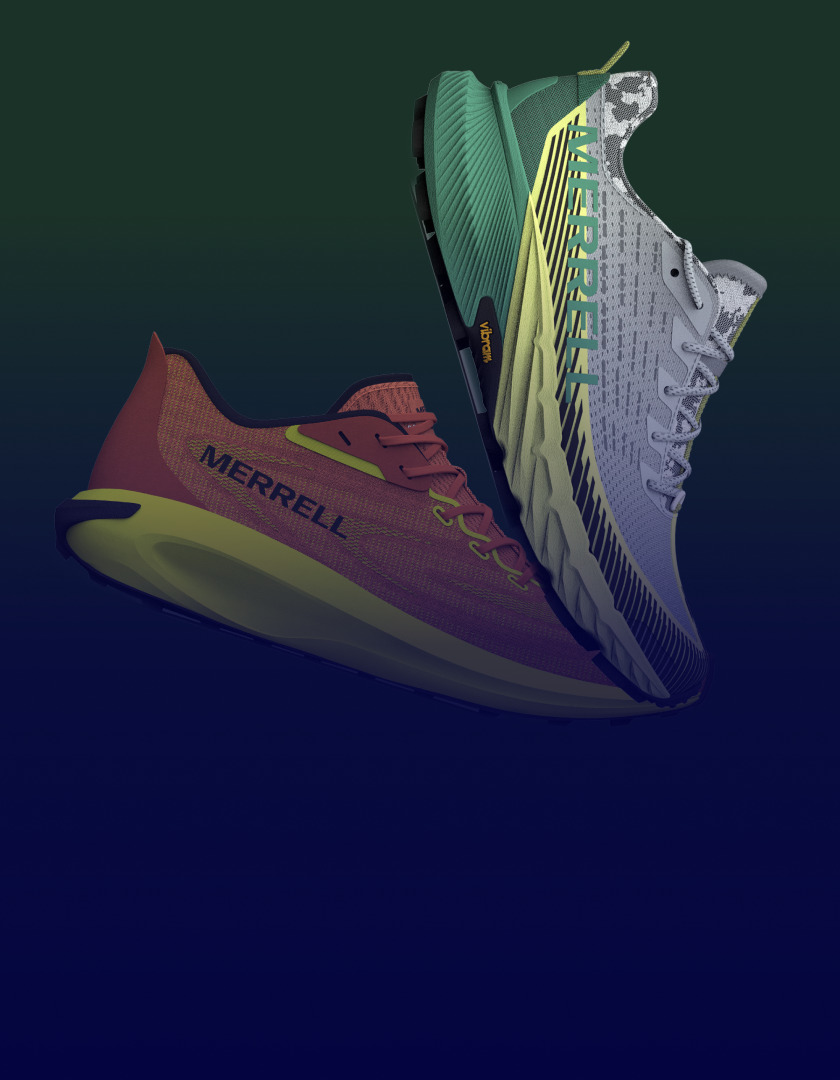Product Development Accelerated Due to Streamlined Certifications
Before PLM our processes were not digitized… teams were working offline in Excel where they tracked every aspect of product development, including homologation and certification. With 4 product categories and around 20 sub-categories, you can imagine how that was extremely complicated.”
Luca Menegardo, CIO at Dainese, reflects on how teams struggled to manage their complex product mix and monitor rigorous safety certifications all whilst honoring their Italian heritage prior to implementing Centric PLM™.
Menegardo continues, “Dainese is built on 3 strategic pillars: technology and innovation, design and direct-to-consumer. The biggest challenge we face as a business is evolving whilst staying true to our values, our heritage, our DNA.”
Fast forward to today and teams collaborate effortlessly within one ‘single source of truth’, ensuring products continue to push the boundaries of innovation as well as adhering to worldwide safety standards.
So how did Dainese race ahead with their PLM implementation and ensure 25% of their staff were seamlessly managing thousands of product attributes after just 9 months?
Enabling Human Potential
Dainese was founded in 1972 by motorcycle enthusiast Lino Dainese, who went on to design the first technical motorcycle racing suit for the legendary racer Giacomo Agostini. The company’s mission to ‘enable human potential’ has gone beyond motorsports to encompass safety gear and clothing for skiing, mountain biking, horse riding, sailing and even outer space with their gravity load simulation suit for the International Space Station (ISS). The proudly Italian brand also operates as an Original Equipment Manufacturer (OEM), manufacturing products for household names such as Ducati and BMW.
Owning 38 stores worldwide, Dainese recently doubled its turnover to total €250 million. This rapid company growth was one of their core motivations to modernize their product development processes with the help of Product Lifecycle Management (PLM).
Tech to Power Optimal Product Development
Before commencing their search for a PLM partner, Dainese spent time goal setting and preparing the expectations of its users and key stakeholders.
“We have an extremely complex challenge, with each of our products requiring different certifications. Our objective for the PLM project was to de-complexify this matrix and introduce a standardized approach. In terms of ways of working it represented a step change in what we do and was a gateway to optimal product development,” explains Menegardo.
With a product offering spanning garments, equipment, safety gear, electronics and more, Dainese found it impossible to manage the nuanced, extensive safety tests and certifications required to bring each product to market. Menegardo explains that development timelines very dramatically; a jacket typically takes 12 – 18 months whereas a motorcycle helmet can take up to three years due to its sophisticated electronic components and the need to collaborate with a mechanical engineer.
“We cannot compromise on security – everything we do is certified. Firstly, the product must satisfy extreme technical and mechanical tests in our labs. Then you need to run a different homologation process to sell it in Italy or in Europe, to sell it in US, to sell it in Japan, to sell everywhere around the world,” elaborates Menegardo.
After many years of planning and following a surge in customer demand, Dainese knew PLM was essential for maintaining their reputation of producing beautifully crafted and highly technical garments, whilst boosting revenue and accelerating company growth.
“Centric PLM has defined a common way of doing things. We have one repository, where all product data such as naming conventions, milestones and processes are stored, and which everyone – from sourcing to design to quality – has access to.”
Achieving Record-High User Adoption
Roberto Conte, PLM Project Manager at Dainese, highlights the smooth deployment of the system, despite the number of stakeholders involved.
“Implementation took around 9 months (90% of that remote) and we now have 100+ users working on Centric PLM. From the start, we encouraged cross-departmental collaboration, starting from the commercial team, the product managers, product marketing, all the R&Ds (product development, pattern makers and the BOM department) through to sourcing, quality and the supply chain department.”
Dainese and Centric Software® partnered with two system integrators, leveraging Centric’s Agile Deployment Methodology℠ to streamline the process and shorten the project timeline. After just a few weeks of being live, Dainese had achieved their objectives for user adoption.
There’s approximately 400 people working in our Italian Head Office, so 25% of our staff there are actively working on the PLM. We put this down to its friendly and intuitive user interface.
PLM Frees up Time for Innovation
“We moved from a situation in which everybody was exchanging outdated files through email, to everybody actively working on one single tool to develop a collection,” summarizes Menegardo. “Our teams can now focus on innovation and testing.”
Dainese can clearly see the stark contrast of working in the ‘old’ way vs. the new way thanks to Centric PLM. After a hugely successful implementation, Dainese is already reaping the benefits of effortless collaboration and communication between teams, driving a huge boost in efficiency.
Conte is blown away by the functionality of the system and its ability to handle complex data sets, “We are already managing more than 3,000 styles, 10,000 color variants and 9,000 materials within Centric PLM,” he says.
Not only is the introduction of Centric’s next-gen PLM platform impacting Dainese’s day-to-day, but it is driving transformational change within the business.
“It has been fantastic in terms of change management and in terms of user adoption. Thanks to the smooth implementation we have been able to define a paradigm within the company on how to run a successful project. It’s set the standard very high!” says Menegardo.
A Foundation for Tomorrow
The partnership between Centric and Dainese has been fruitful, but it doesn’t end here – Menegardo sees potential to expand the scope and drive innovation even further. “We want to run with PLM, so it’s not a matter of simply surviving, it’s a matter of growing our business faster and faster and that’s a foundation we want to build on today and tomorrow,” he concludes.
New to Centric PLM? Learn more
Centric AI Fashion Inspiration Learn more
What is Centric Planning? Learn more
Demand Planning Learn more
Assortment Planning Learn more
Allocation and Replenishment Learn more
What is Centric Pricing & Inventory? Learn more
What is Centric Market Intelligence? Learn more
Centric Visual Boards Learn more















